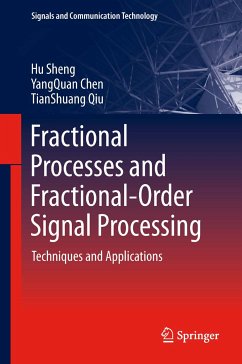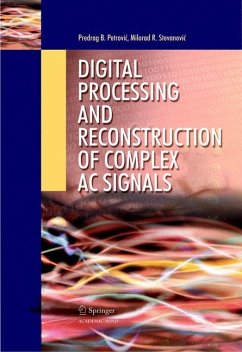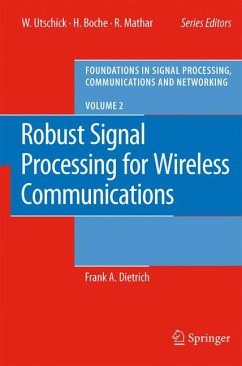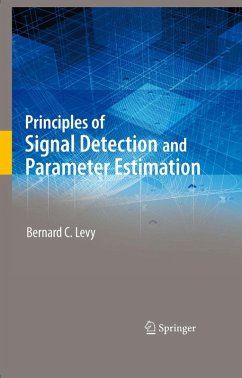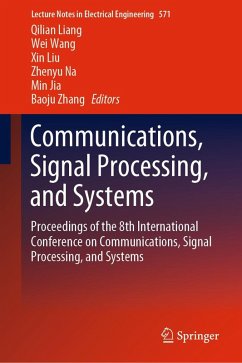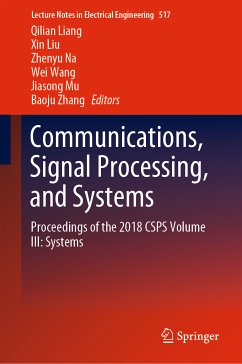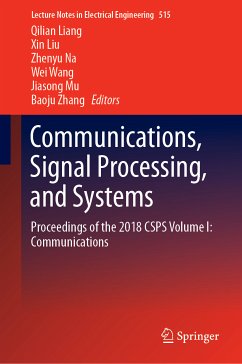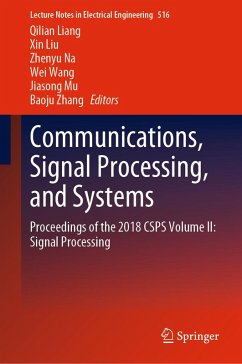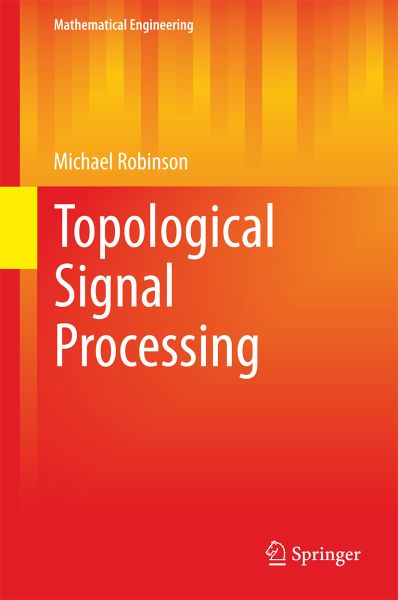
Topological Signal Processing (eBook, PDF)
Versandkostenfrei!
Sofort per Download lieferbar
120,95 €
inkl. MwSt.
Weitere Ausgaben:

PAYBACK Punkte
60 °P sammeln!
Signal processing is the discipline of extracting information from collections of measurements. To be effective, the measurements must be organized and then filtered, detected, or transformed to expose the desired information. Distortions caused by uncertainty, noise, and clutter degrade the performance of practical signal processing systems.In aggressively uncertain situations, the full truth about an underlying signal cannot be known. This book develops the theory and practice of signal processing systems for these situations that extract useful, qualitative information using the mathematics...
Signal processing is the discipline of extracting information from collections of measurements. To be effective, the measurements must be organized and then filtered, detected, or transformed to expose the desired information. Distortions caused by uncertainty, noise, and clutter degrade the performance of practical signal processing systems.
In aggressively uncertain situations, the full truth about an underlying signal cannot be known. This book develops the theory and practice of signal processing systems for these situations that extract useful, qualitative information using the mathematics of topology -- the study of spaces under continuous transformations. Since the collection of continuous transformations is large and varied, tools which are topologically-motivated are automatically insensitive to substantial distortion. The target audience comprises practitioners as well as researchers, but the book may also be beneficial for graduate students.
In aggressively uncertain situations, the full truth about an underlying signal cannot be known. This book develops the theory and practice of signal processing systems for these situations that extract useful, qualitative information using the mathematics of topology -- the study of spaces under continuous transformations. Since the collection of continuous transformations is large and varied, tools which are topologically-motivated are automatically insensitive to substantial distortion. The target audience comprises practitioners as well as researchers, but the book may also be beneficial for graduate students.
Dieser Download kann aus rechtlichen Gründen nur mit Rechnungsadresse in A, B, BG, CY, CZ, D, DK, EW, E, FIN, F, GR, HR, H, IRL, I, LT, L, LR, M, NL, PL, P, R, S, SLO, SK ausgeliefert werden.




